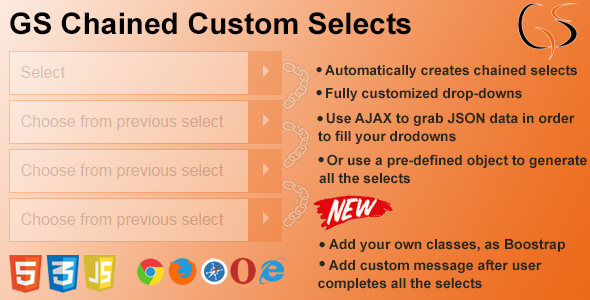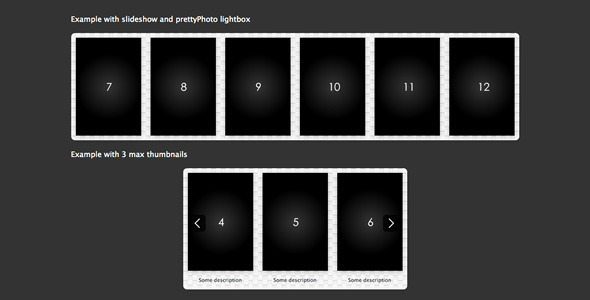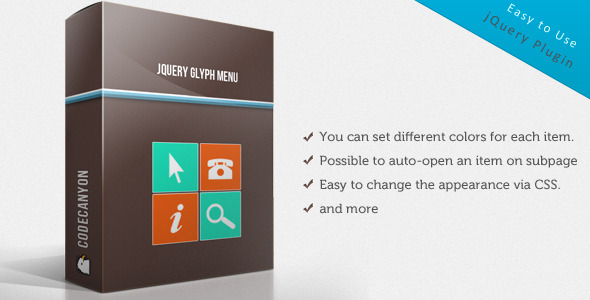
GS Chained Custom Selects offers a robust JavaScript class solution for implementing dynamic dropdown menus that automatically populate based on previous user selections. This lightweight vanillaJS library eliminates dependencies on external frameworks while enabling complex form interactions where subsequent selects dynamically filter options according to data relationships defined in your configuration.
Core Functionality Explained
At its foundation, this class transforms static HTML select elements into intelligent chained components. When a user selects an option in the first dropdown, the next select’s options immediately update to display only relevant choices based on your predefined relationships. This chaining behavior continues through all connected selects, creating an intuitive filtering experience. Unlike standard dependency solutions, it supports two distinct operational modes tailored to different data structures and user experience requirements.
Implementing Data Sources: Objects vs AJAX
Developers can implement data sourcing in two primary ways depending on application architecture and data size:
- Static Object Configuration: Define chaining relationships directly in JavaScript using a structured object. Ideal for smaller fixed datasets where options won’t change frequently. Example structure:
const categoryRelations = { continents: { Asia: ['Japan', 'India'], Europe: ['France', 'Germany'] }, countries: { Japan: ['Tokyo', 'Osaka'], India: ['Mumbai', 'Delhi'] } } - Dynamic AJAX Loading: Fetch options asynchronously from server endpoints when users make selections. More suitable for large datasets or frequently updated content. The class processes JSON responses matching the expected chaining format, reducing initial page load weight.
Fixed vs Dynamic Select Generation Journeys
Adapt the component behavior to your form’s requirements through these distinct approaches:
Pre-generated Fixed Selects Workflow
Generate all dropdowns during initial page load, dynamically disabling and clearing subsequent selects until prerequisite choices are made. This approach suits scenarios with predictable data hierarchies like:
- Country → State/Province → City selections
- Product category → Subcategory → Model hierarchies
- Minimum 3 maximum 4 chained levels
Implementation tip: Set data-gs-max-depth attribute on your container to enforce depth limits and prevent excessive dropdowns.
On-demand Dynamic Generation
Dropdowns generate in real-time after each selection, perfect for unpredictable depth scenarios like:
- Configurators where feature options depend on previous selections
- Taxonomy explorers with variable depth categories
- Medical diagnosis trees with branching logic paths
When activating this mode, include a data-gs-dynamic="true" attribute on your base select element. New selects automatically append to your container DOM as users progress through options.
Custom Styling Capabilities
Enable the customSelects option during initialization to apply CSS hooks to every generated element:
- Each select wraps in a
div.gs-select-containerfor layout control - Dropdowns receive
data-gs-level="X"attributes for level-specific styling - Options populated via AJAX get
data-gs-async="true"markers
For Bootstrap integration, add your standard form-select classes through the initialization config without modifying core library files.
Implementation Best Practices
- Initialize with fallback values for smoother user experiences:
const selector = new GSChainedSelects({ container: '#productConfigurator', dataSource: productDatabase, presets: { 2: 'premium' }, // Auto-select level 2 option emptyText: 'Select next option' }); - Implement AJAX error handling with fallback options:
fetchOptions(endpoint) { return fetch(endpoint) .catch(() => [{ value: 'default', text: 'Options unavailable' }]); } - Bind change events for dependent actions:
selector.on('change:3', (selectedValue) => { updatePricing(selectedValue); }); - Add aria-live regions for accessibility when dynamically injecting new selects
- Use complementary libraries like Sally.js for animated transitions between loading states
Complex Use Case: Multi-Dependency Handling
Implement cross-dependent selections by creating compound relationship definitions. For product finders requiring multiple input factors, structure your data as:
const matrixData = {
// Options based on BOTH processor AND RAM selections
storageOptions: {
'i7-11800H|16GB': ['512GB SSD', '1TB SSD'],
'i7-11800H|32GB': ['1TB SSD', '2TB SSD'],
'Ryzen9|16GB': ['512GB SSD', '1TB NVMe'],
// Additional combinations...
}
}
Initialize with multiDependency: true to enable matching against multiple parent selections simultaneously, creating advanced conditional logic flows without additional JavaScript.
The GS Chained Custom Selects solution streamlines complex form implementations, outperforming standard chained dropdown plugins through customizable behavior modes, framework-agnostic design, and efficient handling of both static and dynamic data sources. By implementing the vanillaJS core, projects maintain lightweight bundles while gaining enterprise-grade functionality adaptable through clear configuration patterns.


